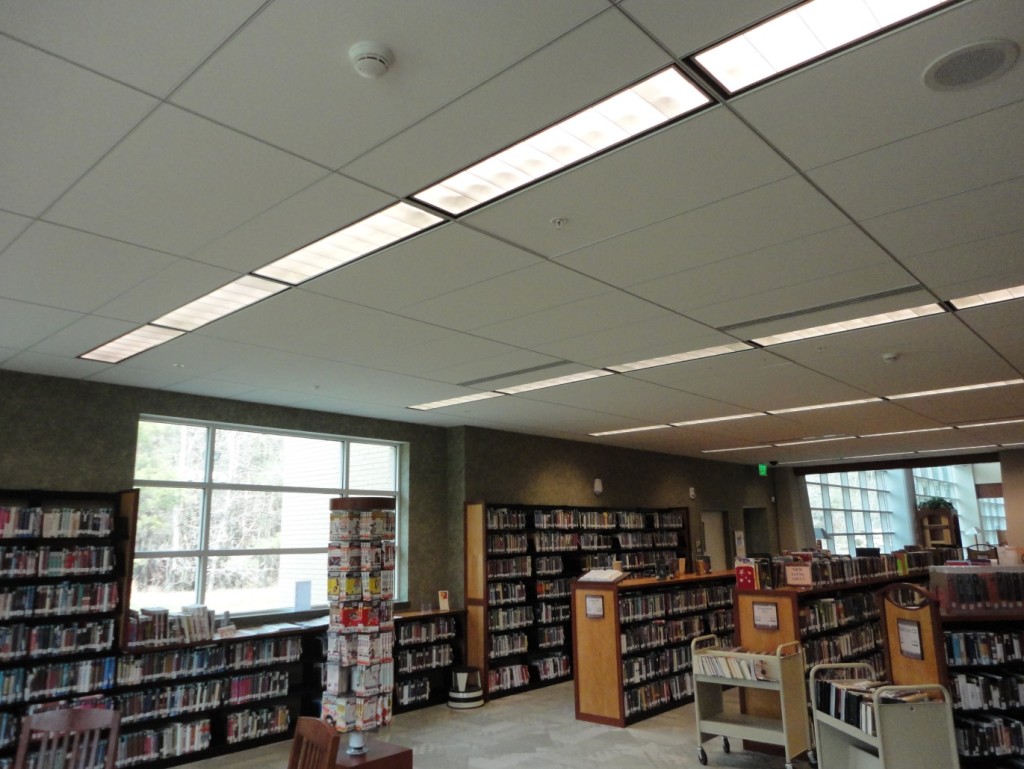For both new building commissioning and existing building retrocommissioning projects, I always stress the importance of verifying that the claimed savings are realized through building performance monitoring (trending) using utility bills, sub-meter data, smart meters, or directly through a building management system (BMS). I also encourage you as a building owner to use a benchmarking tool, such as Energy Star Portfolio Manager, to monitor the overall energy usage of the building over time. While studying for my LEED Green Associate (GA) exam, I came across a new performance monitoring system released last year by USGBC called the LEED Dynamic Plaque. My aim in this blog post is to introduce the new USGBC platform and describe how it can help you to monitor your commercial building’s performance and work towards a more efficient and sustainable building.
Now Any Building Can Participate in LEED
With the existing LEED certification process, your building achieves a fixed certification level for the life of the building and a “stationary” LEED plaque on your wall indicates which level (certified, silver, gold or platinum) was achieved. LEED certification covers all areas of green building, including sustainability, water efficiency, energy, atmosphere, materials, resources, and indoor environmental quality. The process to achieve a LEED certification is valuable to your building, but the documentation can be very time intensive for all members of the design and construction team and requires a comprehensive level of energy efficiency to be attained.
The new LEED Dynamic Plaque is described by USGBC as a “building performance monitoring and scoring platform[1]” and applies to any building – new or existing, efficient or in-need-of-improvement. This platform provides a real-time LEED performance score for five different areas: energy, water, waste, transportation and human experience. It enables a building to receive a baseline score and then monitor its progress over time. This score is generated by comparing your building values to other buildings all over the world with similar characteristics. Any building can support this platform and not all energy categories need to be included, although it is recommended you do so in order to obtain a better score. The LEED Dynamic Plaque can also be used as the first step in obtaining a LEED certification.
Motivate Progress through the LEED Dynamic Plaque Display
If you want to purchase the digital display (plaque), the platform can display the performance information for occupants and visitors when they walk into the building. The plaque was designed with the user in mind – what metrics do you want to observe and trend about your building? When new building data is incorporated into the platform, the plaque on display will change to show the current performance score. Not only will the plaque show your current building’s value for each area, but will also highlight the local average and global average for comparison purposes.
Engaging Occupants to Improve Building Performance
One aspect that I especially appreciate about this system is the opportunity for occupants of the building to become engaged in energy efficiency and sustainability. For the transportation area, an automated survey from the platform is sent out annually to all occupants for input on how they commute to the building. If more people start using alternative transportation, this is reflected in the transportation score. For the human experience area, the annual survey approach is also used to ask occupants if they are satisfied with their physical work environment (is it too cold, too hot, too stuffy, etc.). This feature is not typically incorporated into a building performance monitoring system and I think it is very important. You can have an efficient building that may have comfort issues (insufficient ventilation air, supply air not being properly conditioned) and this feature allows the building owner or facilities manager to see if there are any concerns and the reasons behind them. This type of knowledge can help improve the building performance, as well as increase employee productivity and retention.
Being a firm believer in the importance of building performance monitoring, I look forward to seeing how the LEED Dynamic Plaque system is integrated into new and existing buildings. With the flexibility of using automatic data uploads through EPA's Portfolio Manager, BMS or smart meters, I think using the LEED Dynamic Plaque for building performance monitoring will become very popular for building owners who want to display their efficient building statistics or those who want to make improvements and track how changes affect their score.
For additional reading, please check out these blog posts:
LEED Dynamic Plaque changing green building management
What makes the LEED Dynamic Plaque a game-changer?




